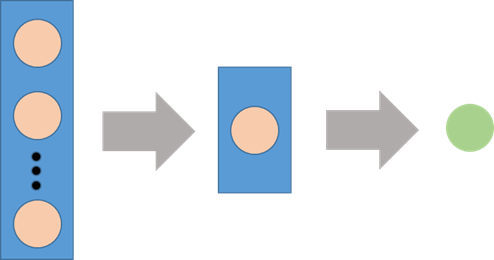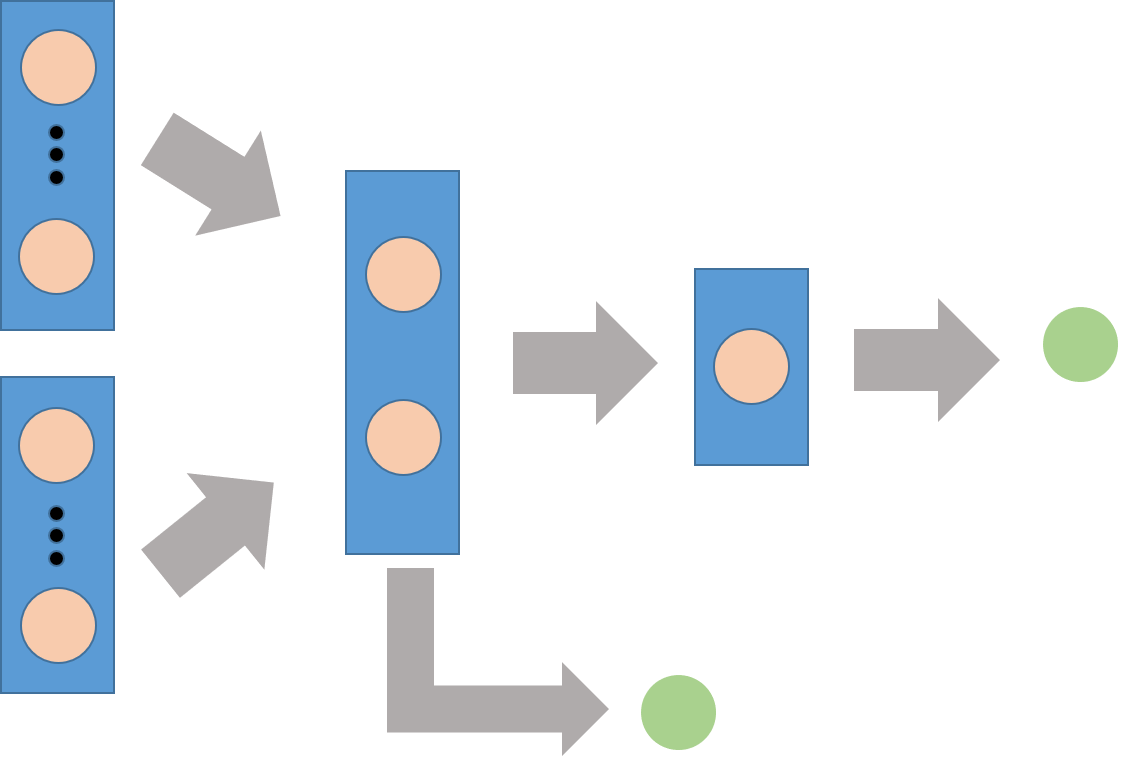Introduction to RNN inside Keras
Recurrent Neural Networks (RNNs) for Language Modeling with Keras

David Cecchini
Data Scientist
What is keras?
High-level API
Run on top of Tensorflow 2
Easy to install and use
$pip install tensorflow
Fast experimentation:
from tensorflow import keras
from tensorflow.keras.models import Sequential
from tensorflow.keras.layers import LSTM, Dense
keras.models
keras.models.Sequential

keras.models.Model

keras.layers
LSTMGRUDenseDropoutEmbeddingBidirectional
keras.preprocessing
keras.preprocessing.sequence.pad_sequences(texts, maxlen=3)

keras.datasets
Many useful datasets
- IMDB Movie reviews
- Reuters newswire
And more!
For a complete list and usage examples, see keras documentation
Creating a model
# Import required modules
from tensorflow import keras
from tensorflow.keras.models import Sequential
from tensorflow.keras.layers import Dense
# Instantiate the model class
model = Sequential()
# Add the layers
model.add(Dense(64, activation='relu', input_dim=100))
model.add(Dense(1, activation='sigmoid'))
# Compile the model
model.compile(optimizer='adam', loss='mean_squared_error', metrics=['accuracy'])
Training the model
The method .fit() trains the model on the training set
model.fit(X_train, y_train, epochs=10, batch_size=32)
epochsdetermine how many weight updates will be done on the modelbatch_sizesize of the data on each step
Model evaluation and usage
Evaluate the model:
model.evaluate(X_test, y_test)
[0.3916562925338745, 0.89324]
Make predictions on new data:
model.predict(new_data)
array([[0.91483957],[0.47130653]], dtype=float32)
Full example: IMDB Sentiment Classification
# Build and compile the model model = Sequential()model.add(Embedding(10000, 128)) model.add(LSTM(128, dropout=0.2)) model.add(Dense(1, activation='sigmoid'))model.compile(loss='binary_crossentropy', optimizer='adam', metrics=['accuracy'])
# Training
model.fit(x_train, y_train, epochs=5)
# Evaluation
score, acc = model.evaluate(x_test, y_test)
Time to practice!
Recurrent Neural Networks (RNNs) for Language Modeling with Keras

